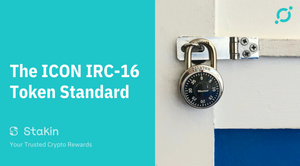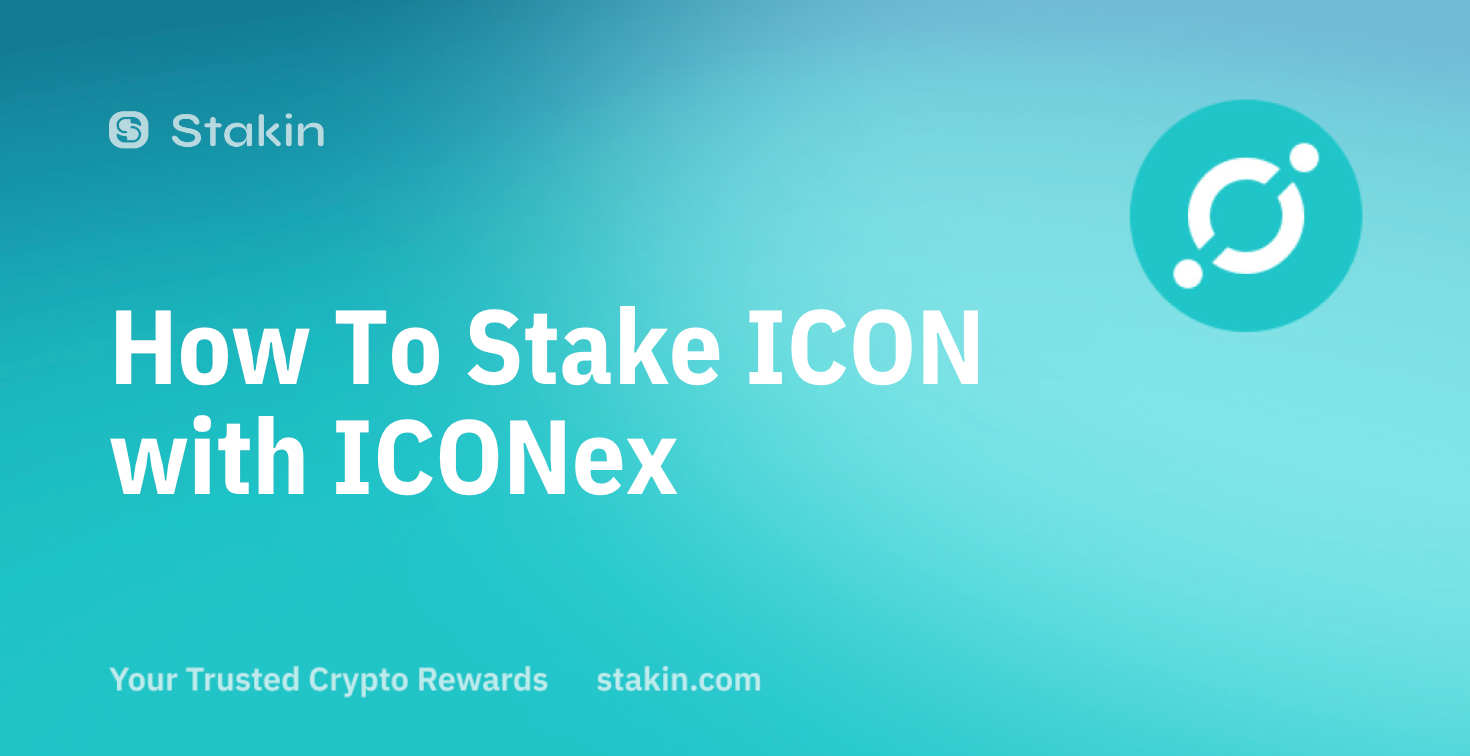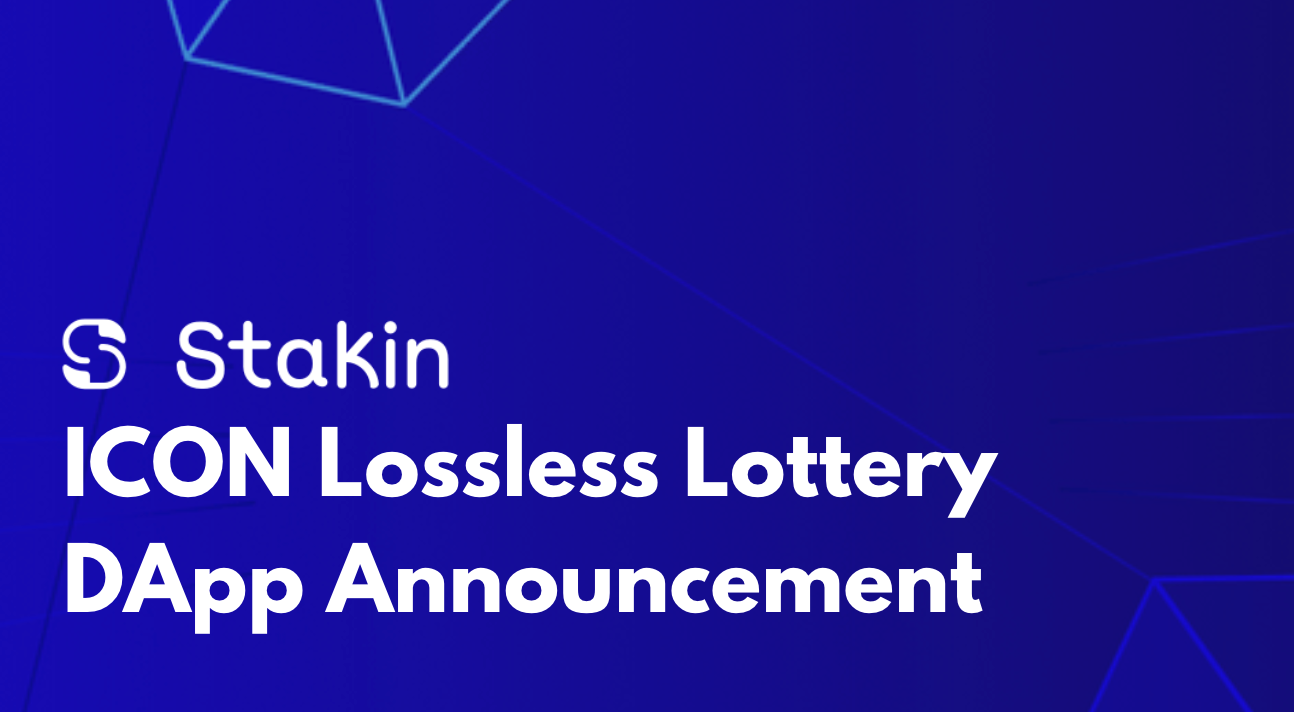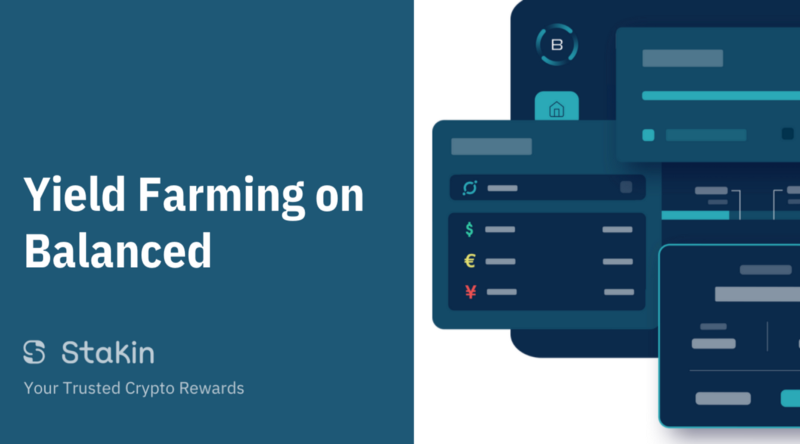Hey ICONists,
Today, we’re having a look at the ICON IRC-16 Token Standard.
First proposed in 2019, the IRC-16 token standard interface has the goal to support the development of tokenized securities on the ICON blockchain. The security token standard describes how to represent full or split ownership of a particular asset. The standard is also compatible with all other standards such as IRC-2 and IIP-25.
The method for Partially Fungible Tokens (PFT) was first written for grouping tokens into partition sets, and each partition is represented by a key-value format consisting of a unique key and balance. Through this standard, ownership of certain assets can be divided and represented, tracked, viewed, privately owned, and transferred. It may also be entrusted to a third-party provider and may be controlled under strict authorization.
The token standard allows interested 3rd party vendors to develop and even commercialize assets and securities based on the blockchain. The IRC-16 will allow completely transparent issuance of tokenized assets and securities and will also enable its consumers to easily tokenize multiple assets as well via an architecture that is specifically designed to comply with all legal regulations related to asset ownership and transactions.
Tokenizing real-life assets helps to increase the liquidity of high-value assets and also helps to expand the size of the existing investor pool. Because of the sale of those assets in smaller token units, while being able to be a proof-of-ownership.
In previous articles, we talked about smart contracts and how they are used to guarantee the settlement of buying, selling, and exchanging digital assets, and therefore, cutting out a third-party and simplifying the entire transactions process. That process will be taken online.
The ICON IRC-16 token standard mainly has four functions:
- Check the token transfer, focussing on verifying whether both the buyer and the seller have gone through the entire know-your-customer (KYC) and anti-money laundering (AML) process. It also limits the number of investors who can initiate and receive different token transfers.
- Token control at the operator, supporting users in case of fraud or loss of their private keys.
- Document management
- Partition, allowing partially fungible tokens, which allow the issuer to attach metadata including lock-up periods to be built into a portion of the tokens.
Conclusion
It’s interesting to see how the blockchain ecosystem is getting closer and closer to offline adoption through all different established projects working on solutions. For example, the Cosmos Network has started a project to solve the issue of interoperability. Now, ICON comes with a solution for tokenizing offline or real-life assets easily. We’re very excited to be a part of this ecosystem and for whatever comes next!
DISCLAIMER: This is not financial advice. Staking, delegation, and cryptocurrencies involve a high degree of risk, and there is always the possibility of loss, including the loss of all staked digital assets. Additionally, delegators are at risk of slashing in case of security or liveness faults on some protocols. We advise you to do your due diligence before choosing a validator.



